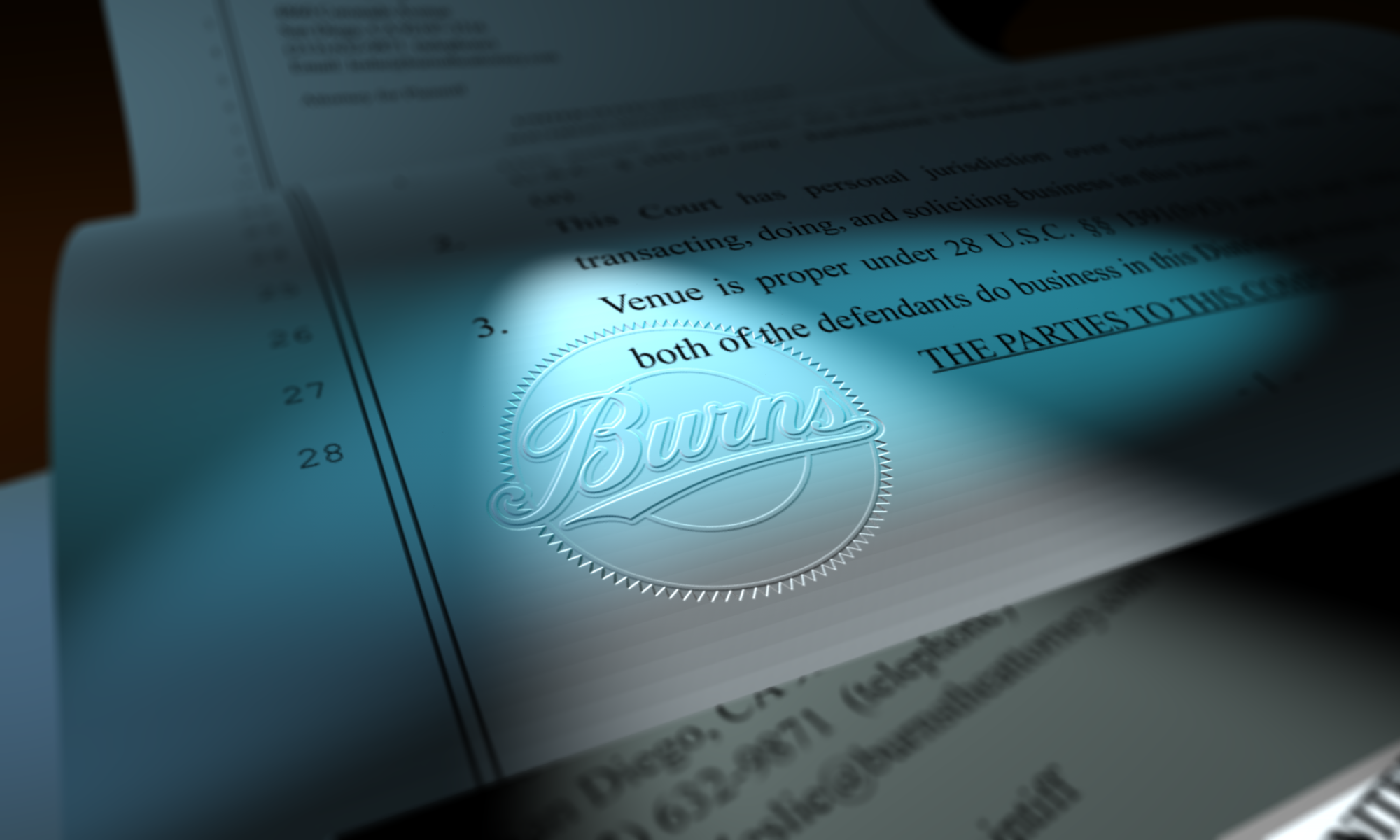I am a Prince fan. I’ve enjoyed his music since its first releases and his death last week hit me with the same kind of force I’m sure previous generations felt when, say, Elvis Presley died. But whether you are a fan or not, his death matters to you. Why? Copyrights.
Prince’s death should be a big reminder to all of you who create that your copyrights will outlive you and they are descendable. “Descendable” is legalese for it will pass to your heirs when you die and you can name who gets it. While no one likes to think about death, you should be thinking about who will get your copyrights when you die.
Just today, the New York Times and other media are reporting that Prince may have died without a will. The implication is that no one knows what will happen with his music. Now, the reality is not quite so dire. There are mechanisms in the law for when someone dies without a will (intestate, is the legalese) so it’s not like the work will suddenly go into the public domain or anything. The short answer is that, assuming there is no will, Prince’s estate will be split according to Minnesota law equally amongst his surviving full-sibling and half-siblings (they are treated equally in Minnesota), that is, his heirs. His copyrights are a part of his estate. Very likely, each copyright will now be jointly owned in equal measure by all the surviving heirs.
Will there be infighting amongst the heirs? Sadly, that is likely. People act like crazy folk when it comes to estates, whether they be small or, as in Prince’s case, very large. When there is no will, courts are left to impose the law without any guidance from the dead person as to what (s)he wanted, but heirs and potential heirs try to convince the court otherwise (“Grandfather promised me the classic car in his garage!”). Hopefully a will will be produced and it will be clear and well drafted, expressing the actual wishes of Prince and meting out all his property, both tangible and not, and thus making litigation down the line a little less likely (or at least less onerous for the court to sort out).
Each state has its own laws about who gets what when someone dies intestate. Generally speaking, usually property (including intellectual property like copyrights) will go to kids (usually called, in the law, issue, which makes the 12-year-old in me crack up), if there are any, or to parents or siblings if not. If you live in a community property state, then your spouse may automatically get your property, or at least the property created while you were spouses. It can get pretty complex (especially here in California where, for any copyrights you create while married, your spouse already owns a half interest and has since the moment of the work’s creation!). But you have control of what you own–just get a proper will.
I read an article recently that said Robert Mapplethorpe gave his brother his cameras in his will. That is called a specific gift (anything you leave to someone in a will is called a gift)and you can do that with things (like your equipment) or any/all of your copyrights. You can get into meticulous detail about who gets what, if you choose, or you can make it much more general like “Bob Smith gets my entire estate.”
But you have to do it. That is, you have to have a will. You have to take the time to name who gets what.
This is important. Your copyrights have value and you should seriously consider who will get them (or parts of them) when you die. Maybe you shoot fetish work but your family are mostly highly religious–do you want them to own and control your art when you are gone?! They could, completely legally, destroy it all. Or your bother with the gambling problem could sell his share to Jimmy the Loanshark. Or your spouse, from whom you have been separated but just haven’t bothered to actually divorce, gets it all. If you don’t take the time to draft a will now, your wishes for your art will die with you.
That may have happened with Prince. Don’t let it happen to you.


